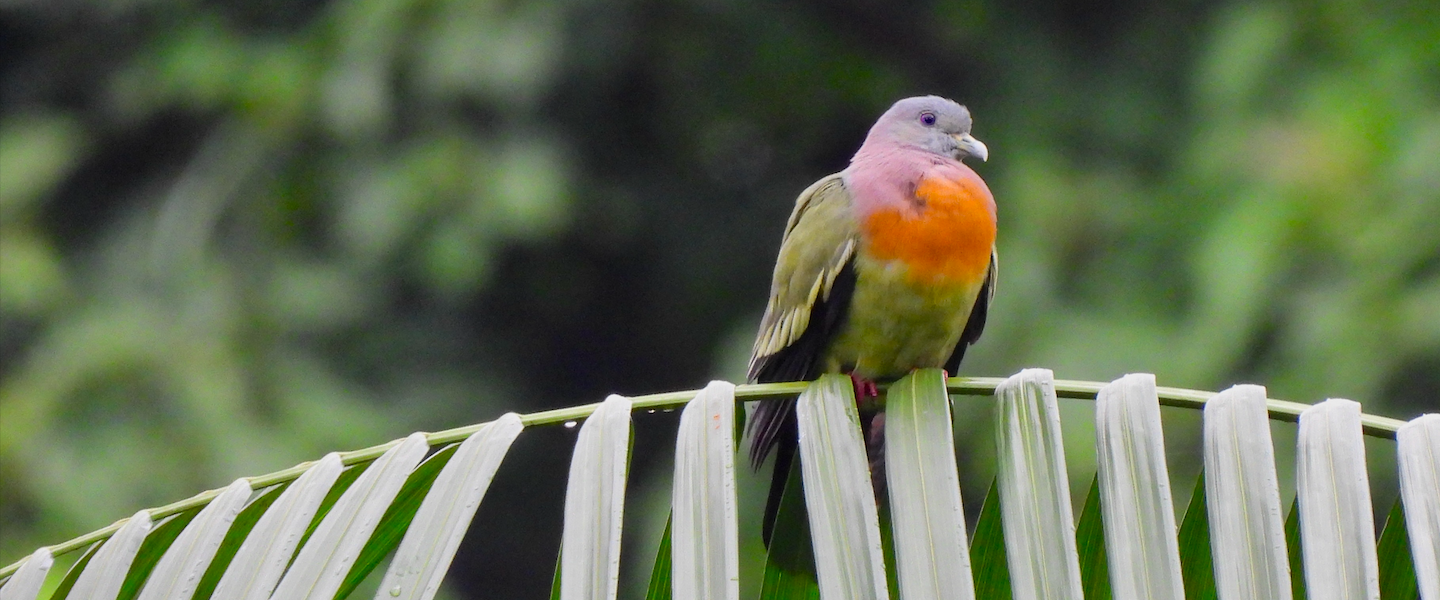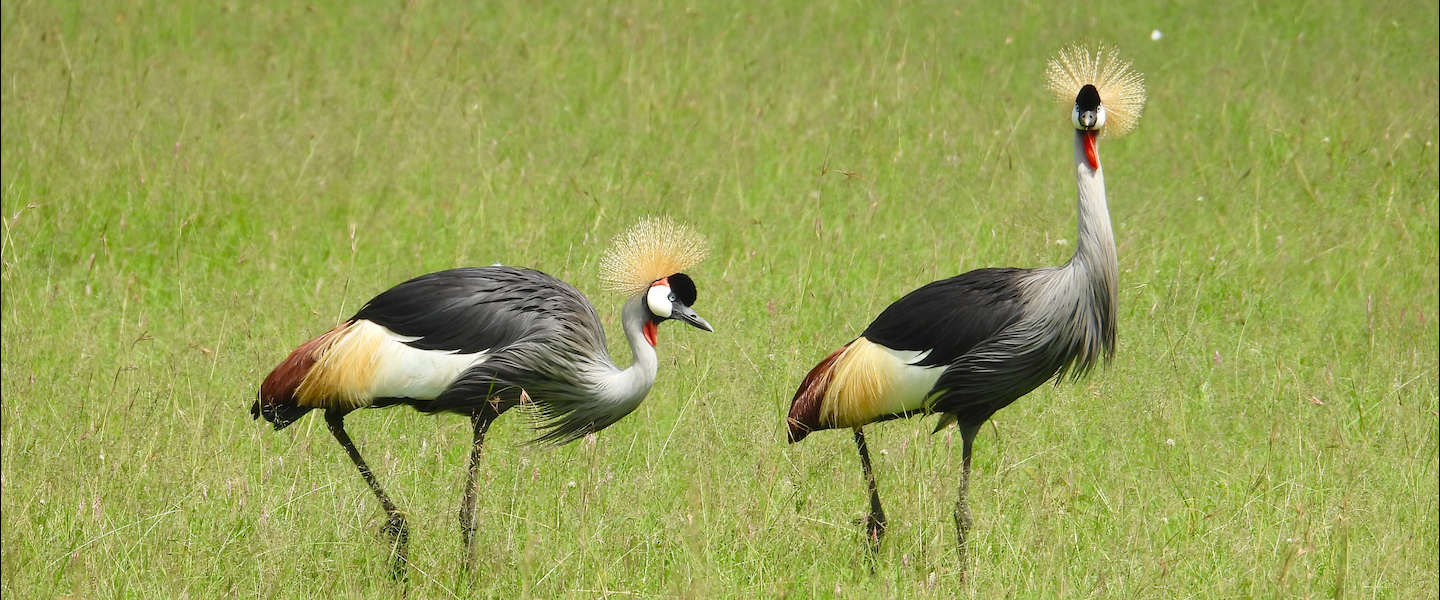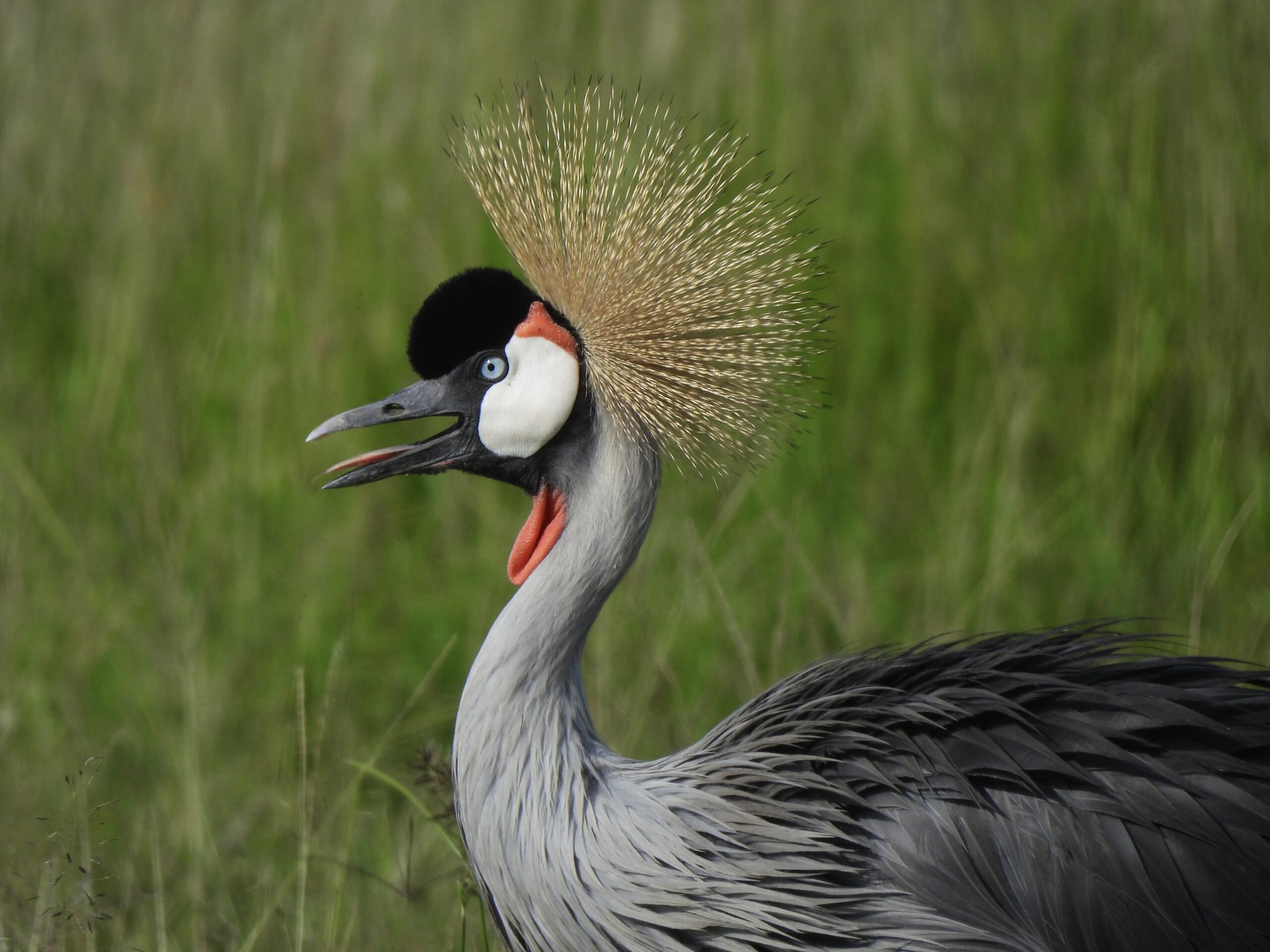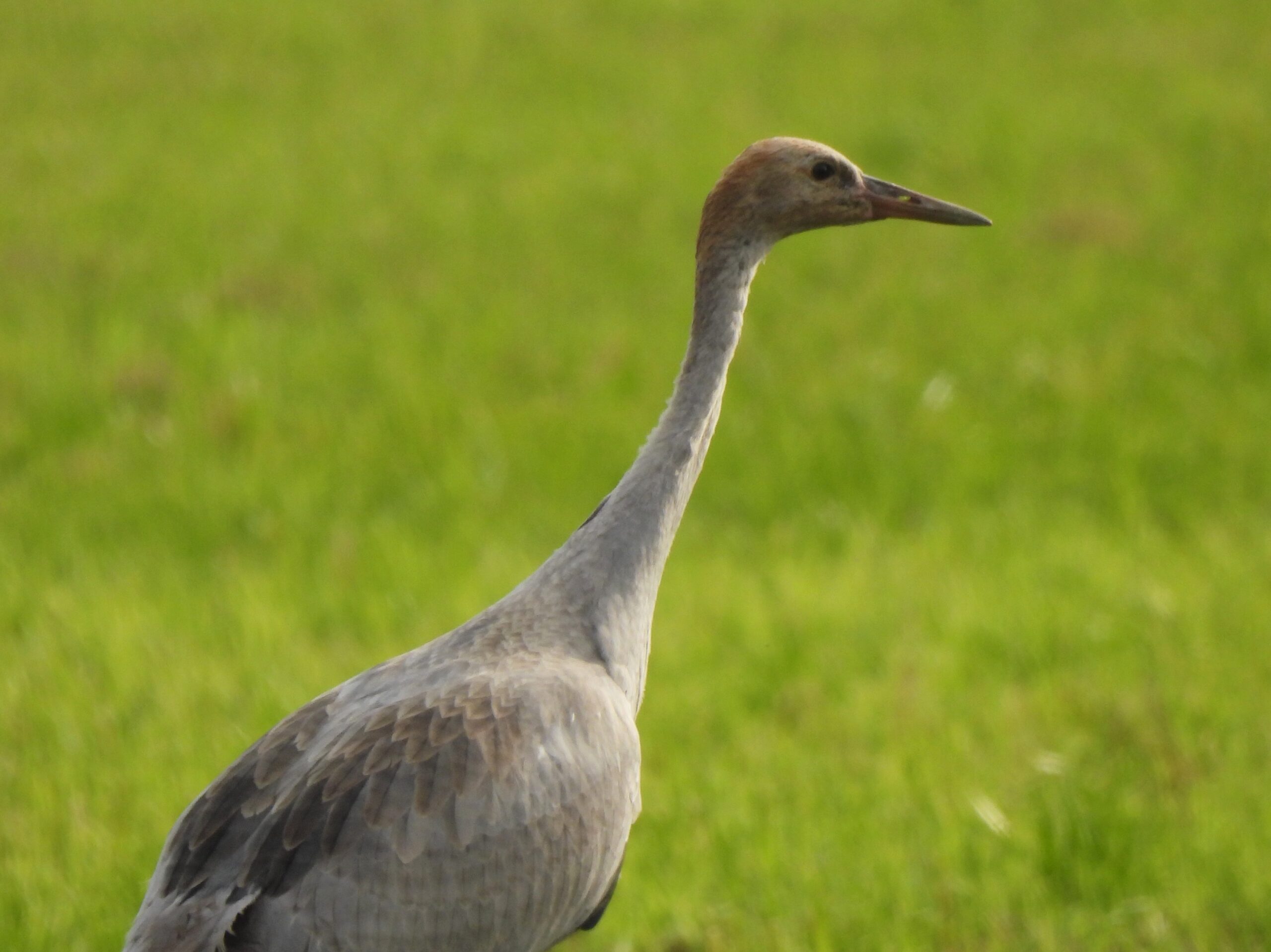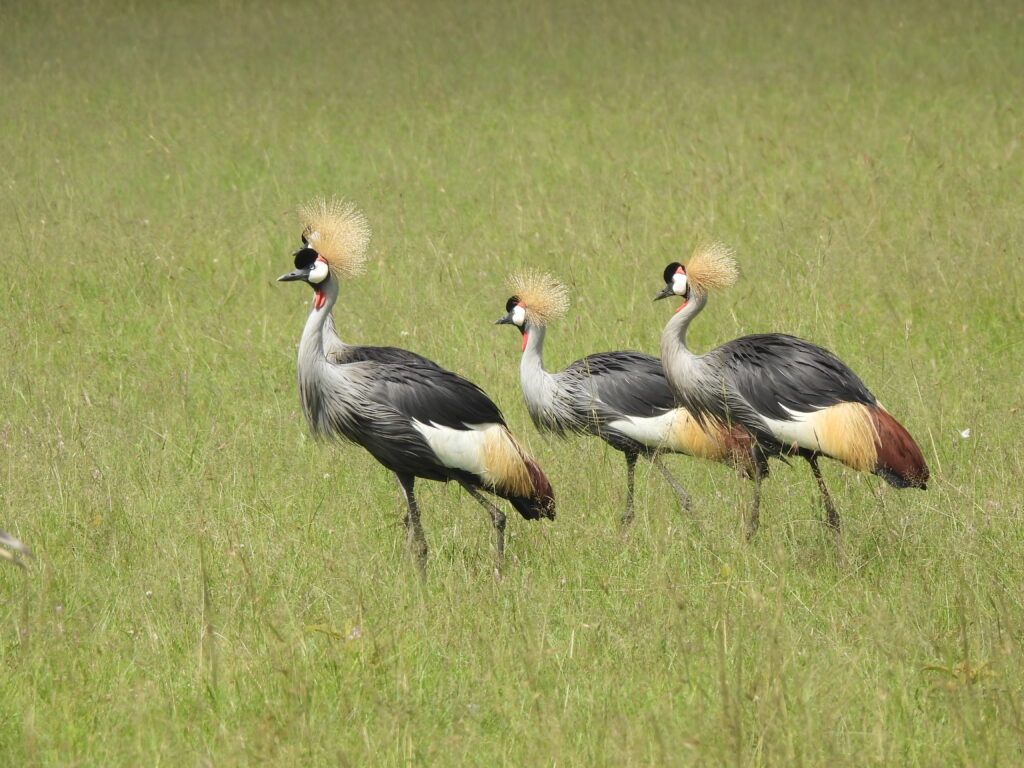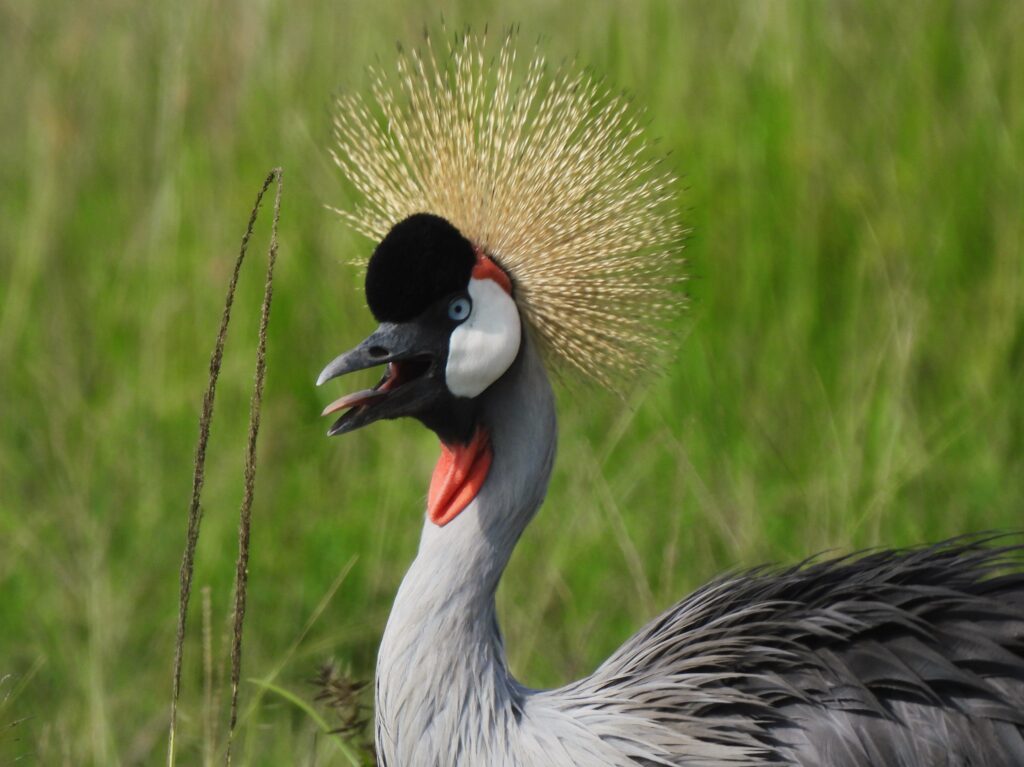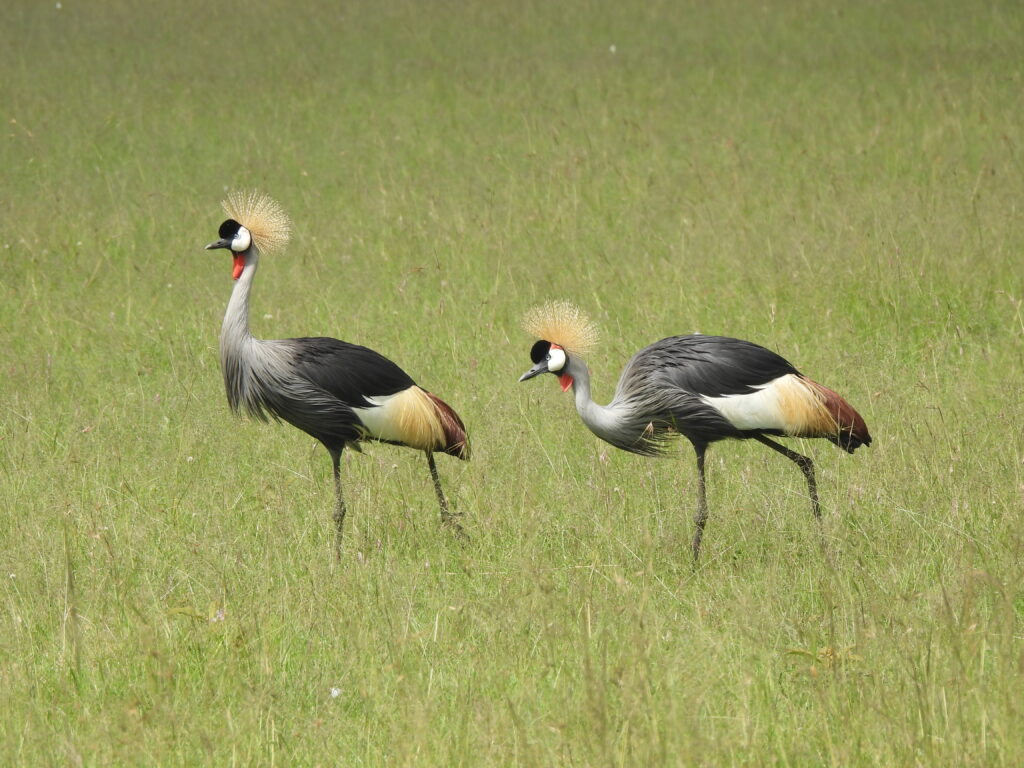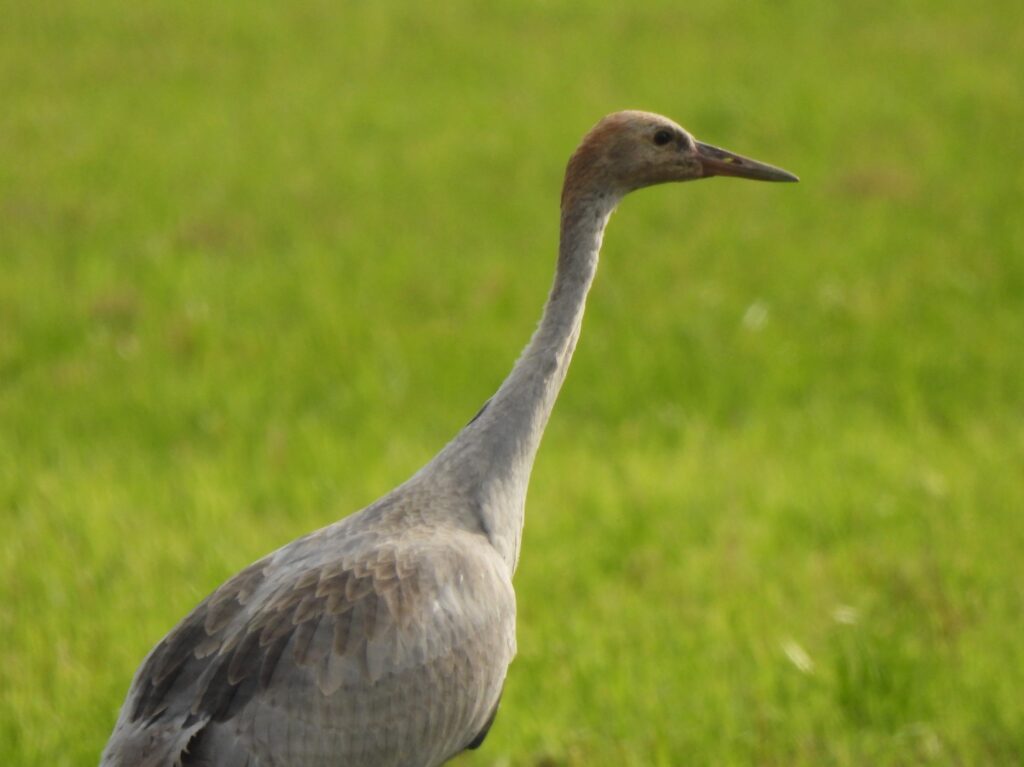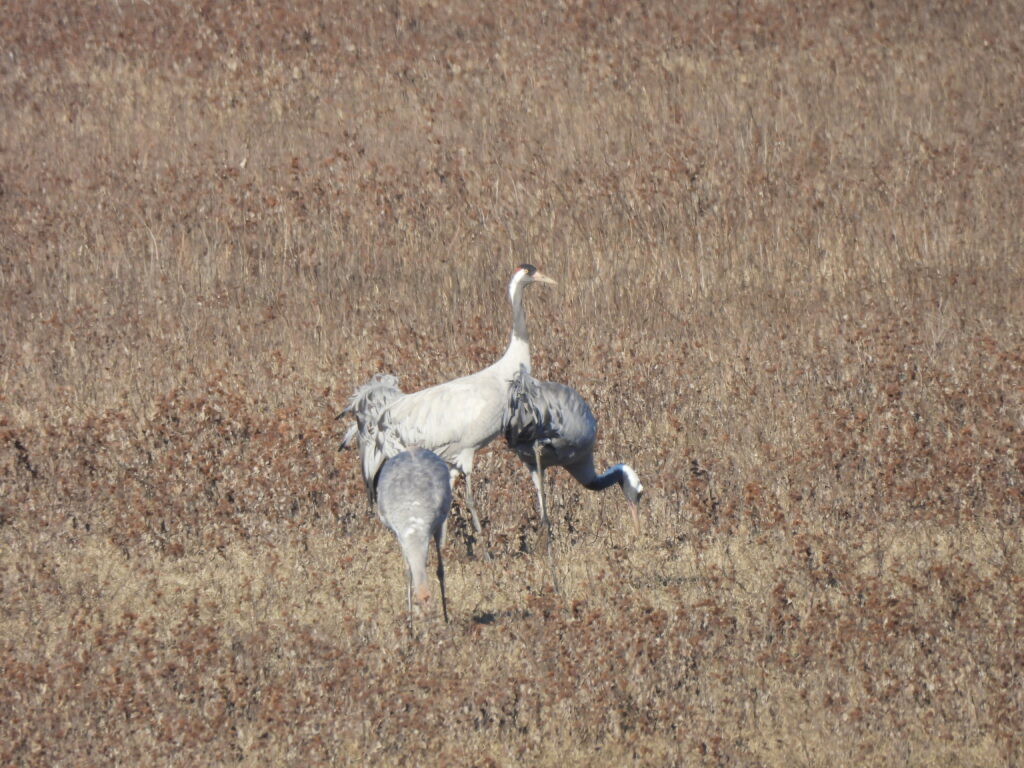The cranes (family Gruidae) are a family of birds belonging to the order Gruiformes. These large birds of open land feature very long legs and necks with a unique vocal organ that helps amplifying calls, especially helpful during nuptial displays. Cranes are elegant birds renowned in different cultures for their aesthetic appeal and life traits, and are traditionally associated to a strong symbolism, often featuring folk tales, myths and legends.
The family comprises 15 species belonging to 4 genera. Genus Balearica (2 species) has an Afrotropical distribution. Genus Leucogeranus (1 species) is critically endangered and local in the Palearctic. Genus Antigone (4 species) has representatives in North America, Asia and Australia. Genus Grus (8 species) is widespread in the Old World. Populations of several family members have plummeted in recent years, while conservation efforts have only succeeded to help some of the affected species.
Gray crowned crane
Balearica regulorum
Restricted to grasslands and open areas of Eastern and Southern Africa. One of the world’s most spectacular birds with its striking plumage and elegant presence, it is the national bird of Uganda, even featuring the country’s flag, but its global numbers are decreasing and it is classified as endangered. I have observed this species in Kenya.
Common crane
Grus grus
Breeds in bogs and swamps from Northern Europe to Siberia and migrates in large flocks to winter in wetlands of the Mediterranean, Nile and Ganga basins to East China. It is the only regularly occurring crane in Western Europe, where it has largely become extinct as a breeding species and now mostly spends the winter. An extremely localized population of reduced numbers visits croplands in Alicante every winter, although flocks pass over during migration. Flocks of this species are a common sight over the sky of Helsinki during spring and autumn.

